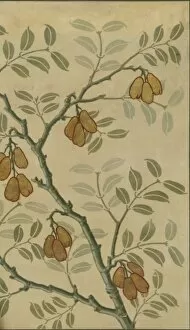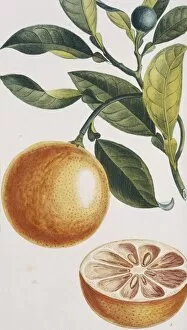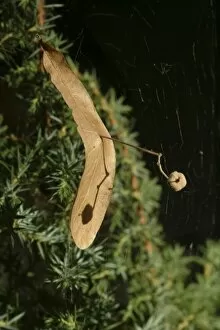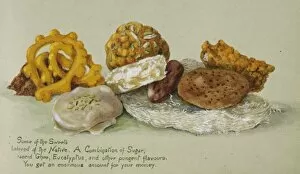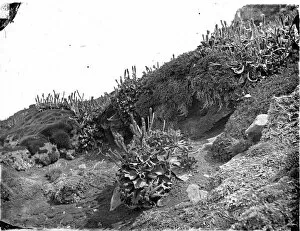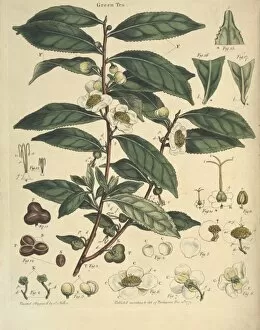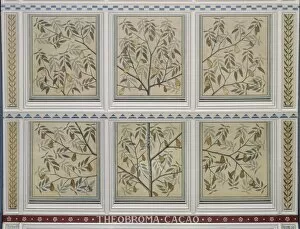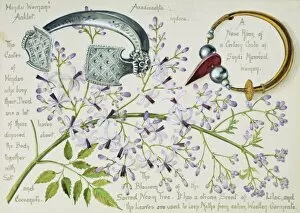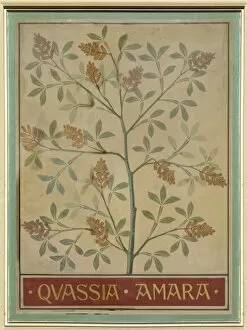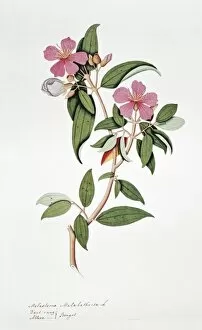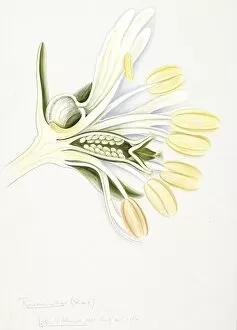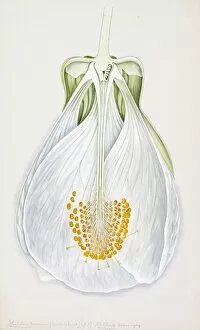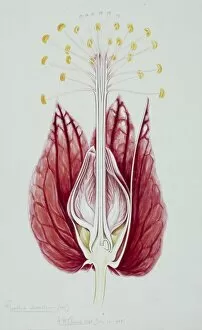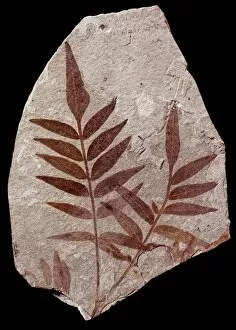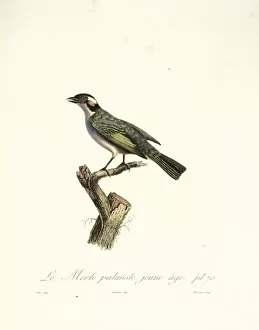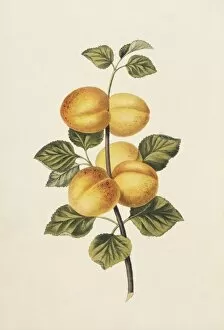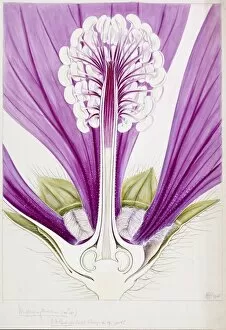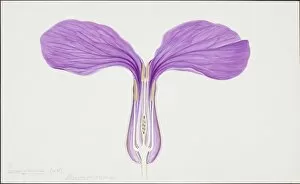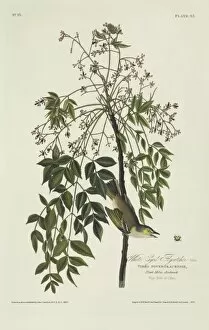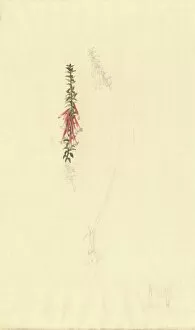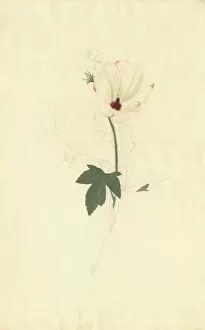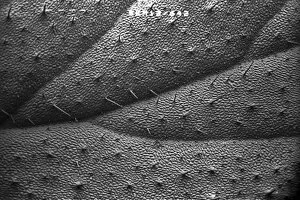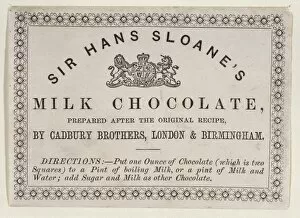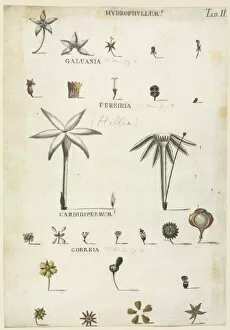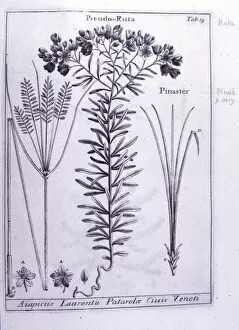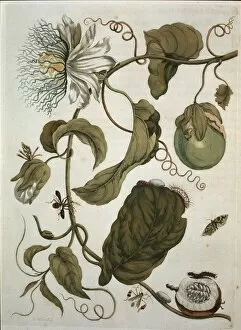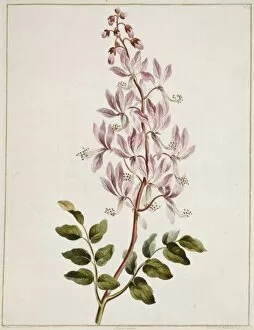Malvidae Collection (page 4)
"Malvidae: A Colorful Journey through Nature's Palette" From the vibrant petals of Gossypium barbadense, also known as the cotton plant
For sale as Licensed Images
Choose your image, Select your licence and Download the media
"Malvidae: A Colorful Journey through Nature's Palette" From the vibrant petals of Gossypium barbadense, also known as the cotton plant, to the spiky exterior of Durio zibethinus, or the durian fruit, Malvidae showcases a diverse range of hues and textures found in nature. Traveling to Italy, we encounter the Orangier des Gcnes or Arancio di Genova. Its citrusy scent fills the air as Citrus sinensis, better known as sweet orange, entices our taste buds with its juicy flesh. Venturing further into tropical lands, we stumble upon Theobroma cacao - a cocoa pod that holds within it the essence of chocolate. Nearby stands Mangifera indica; its succulent mangoes beckon us with their golden sweetness. In Australia's vast landscapes, Eucalyptus crebra proudly displays its narrow leaved ironbark tree adorned with silvery bark. Meanwhile, Citrus paradisi offers a tangy twist with its grapefruit variety. As winter approaches, Metrosideros excelsa takes center stage as a majestic Christmas tree adorned with scarlet flowers. And nearby, Eucalyptus pruinosa glistens like silver-leaved boxes under moonlight. Oenothera grandiflora illuminates gardens at dusk when evening primrose blooms open up like delicate lanterns. Tropaeolum sp. , commonly known as nasturtiums, paints gardens in shades ranging from fiery red to sunny yellow. Through Malvidae's captivating journey across continents and climates, the beauty and diversity found in nature is celebrated. A tapestry woven by Mother Earth herself, a kaleidoscope of colors awaits those who dare to explore her wonders.



